Sedation Dentistry
Do you feel nervous, anxious or scared of going to the dentist? You’re certainly not alone. This is a common problem that affects many people. Thankfully, sedation dentistry can help.
To Book an Appointment
A Worry-Free Dental Experience
At Yazdani Family Dentistry, we understand that going to the dentist can be anxiety-inducing. That’s why we offer sedation dentistry to make for a calm in-clinic experience.
We care to create a relaxing environment to help our patients feel at ease. Our staff are trained and certified to administer our sedation options so we can perform necessary treatments while promoting a more pleasant experience for you.
At our Kanata and Kemptville clinics, we offer two types of sedation: Nitrous Sedation (laughing gas) and IV Sedation.
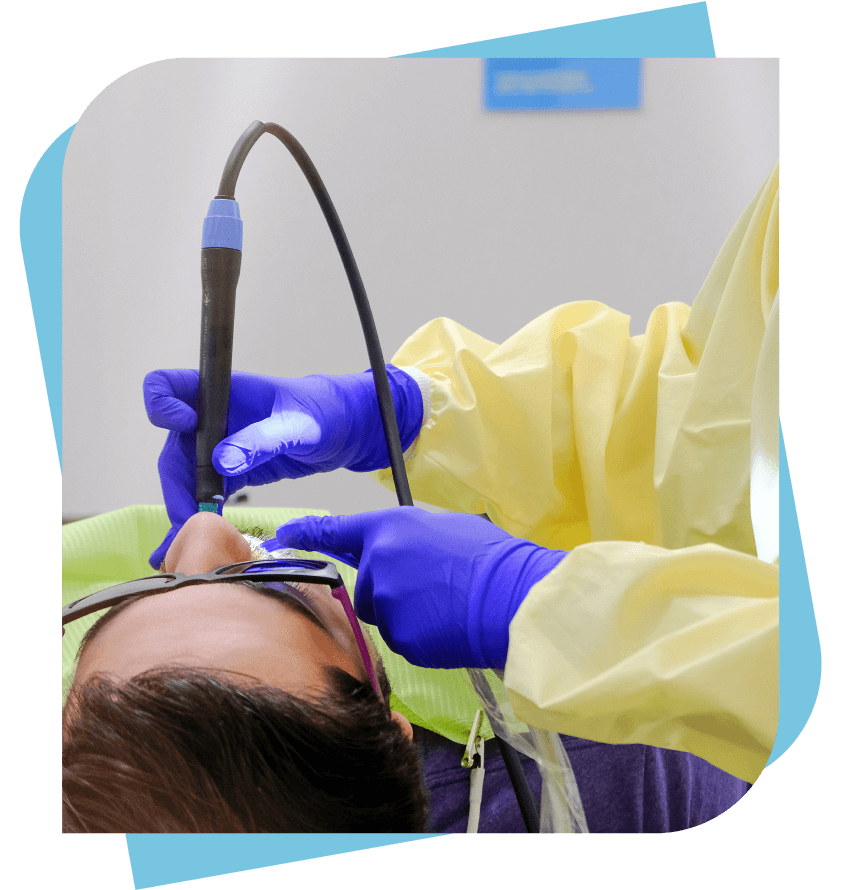
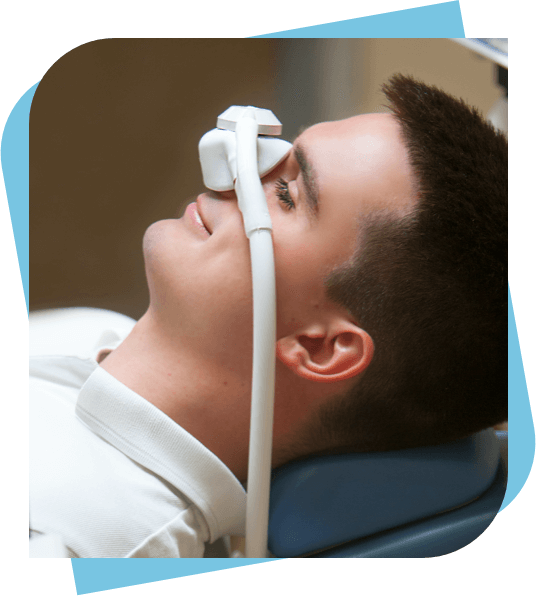
Nitrous Sedation
Nitrous oxide, also known as laughing gas, is a common form of sedation administered orally through a mask covering your mouth and nose. It is a good technique for minor procedures because it keeps patients awake without discomfort. After inhaling for a few moments, patients typically feel relaxed and calm.
IV Sedation
IV Sedation is commonly known as conscious sedation because you stay awake for the procedure without pain. This method is administered through a small needle into the vein, working immediately to keep patients relaxed. We recommend that someone escorts you home after your treatment because IV Sedation can cause grogginess. Conscious sedation is typically used for complex procedures and for those who have intense fears of the dentist.
What is Sedation Dentistry?
Sedation dentistry is the practice of using medication to help patients relax while they are at a dental appointment receiving treatment. It is an especially effective practice for patients with severe anxiety or phobias about dental procedures, or for patients receiving a procedure which could cause more pain than a safe dosage of a local anesthetic can fully mitigate.
What are the Levels of Sedation?
There are three levels of sedation that a patient could receive for a procedure. However, before we administer any kind of sedation, our team reviews each patient’s medical history to ensure they are an appropriate candidate. Your dentist will then discuss your concerns with you prior to the appointment and determine the level of sedation that would work best for you. For the purpose of more time-consuming procedures, we may recommend a different sedation type than what you have had previously.


Minimal Sedation
During this form of sedation, the patient is awake but relaxed. This soothes the nerves and slightly dulls the senses, removing the possibility of discomfort that might otherwise be felt without sedation. Simpler procedures and routine treatments are often done in tandem with this level of sedation.
Moderate Sedation
In this case, the patient is awake but likely won't remember much of the procedure. We understand that more invasive treatments can cause increased fear and anxiety, and we offer this type of sedation to patients who are particularly uncomfortable with the thought of visiting the dentist. We require patients who have had this level of sedation to have pre-arranged a ride home after their procedure, as it may take a few hours for the effects of the sedation to wear off.
Deep Sedation
Typically, this level of sedation is used in extreme cases. The patient is barely conscious and won't remember the procedure at all. While we do not offer this type of sedation, we can make recommendations for clinics that do in the event our patients need additional support.
What are the Types of Sedation Used in Dentistry?
At Yazdani Family Dentistry, we use two main types of sedation to ease the concerns of our patients. However, there are three types available depending on your chosen dental clinic. Each is a proven method that helps patients relax, making the procedure easier for them and their dental team.
Inhaled Sedation
During this type of sedation, the patient inhales a mixture of nitrous oxide, or "laughing gas," and oxygen through a mask placed on the nose. The dentist controls the amount of gas the patient receives and it tends to wear off quickly. It is considered an effective version of minimal sedation and can be used for relatively routine treatments like teeth cleanings.
Oral Sedation
For this kind of sedation to work, the patient is given a pill to take orally about an hour before the procedure. Depending on the dosage given, the level of sedation can range from minimal to moderate. As the sedative takes effect, the patient will feel drowsy but will still be awake. In some cases, the sedative can make the patient drowsy enough to fall asleep. However, they can usually be woken up by a gentle shake. This type of sedation is most commonly associated with sedation dentistry.
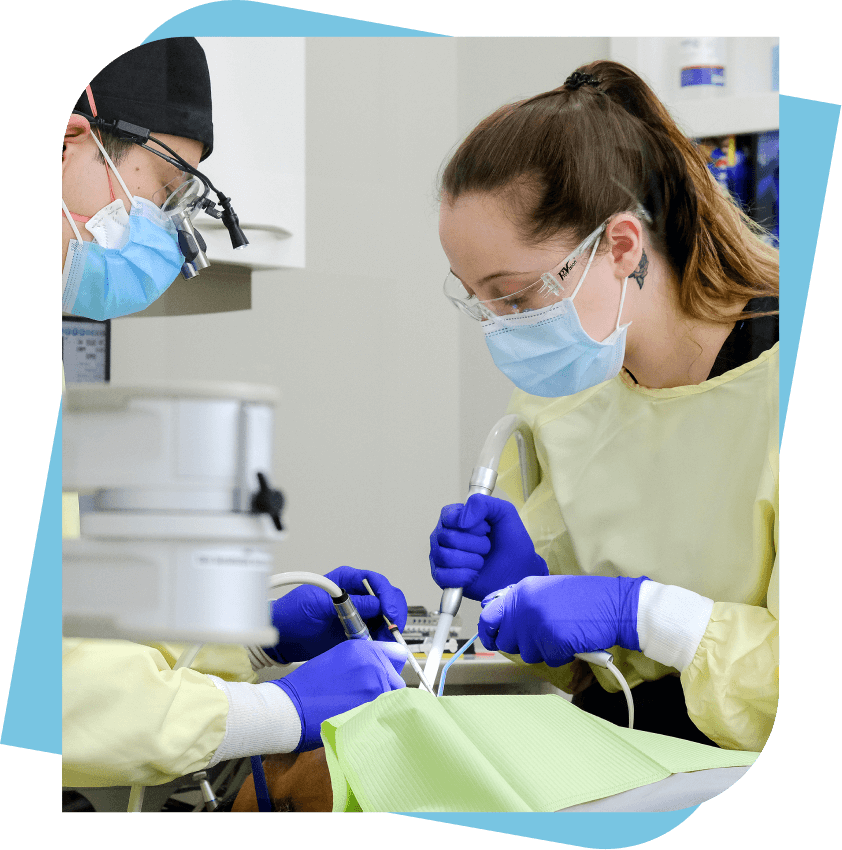
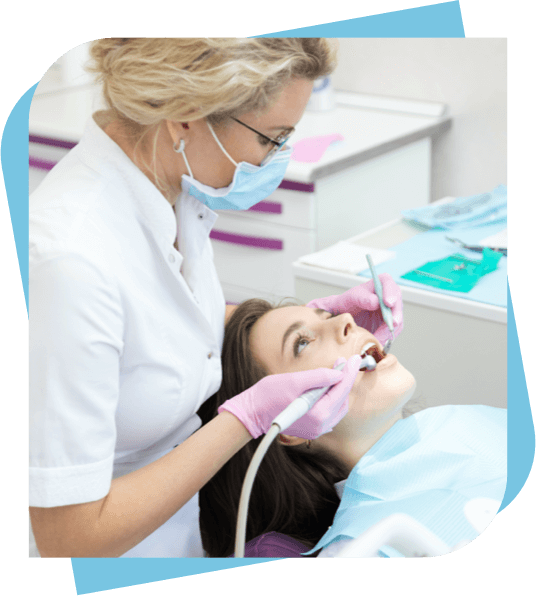
IV Sedation
Intravenous sedation involves injecting the sedative medication directly into the patient's veins. This allows the sedative to take effect more quickly than with oral or inhaled sedation.
Once injected into the vein, the sedative works almost immediately, placing the patient in a conscious yet very relaxed state. The dosage is then controlled by the dentist as needed, aiming for a moderate level of sedation. This is commonly used for more complex procedures, such as the surgical removal of teeth.
IV sedation is very effective for those who experience more intense levels of fear at the dentist. Since this form of sedation dentistry is a little more potent, it can take some time to recover from the groggy feeling afterwards, which is why it’s necessary to have someone escort the patient home.
What is Conscious Sedation Dentistry?
As the name implies, conscious sedation dentistry allows patients to be awake and aware of their procedure while in a desensitized state to ensure they are calm and content. It can be achieved either by nitrous gas or oral medication, which are both administered by the dentist. During any kind of procedure with this kind of dentistry, the patient will feel little to no pain and return to their normal consciousness relatively quickly.
How Much Does Sedation Dentistry Cost?
The cost of sedation dentistry varies. Since there are different levels of sedation and types that can be used, the dentist must take into account different factors when deciding what will work best for your needs. It is also worth noting that some insurance company policies do not cover sedation options as part of their plans. If you have price-related questions, please reach out to our clinic and our team would be happy to put together an estimate for you to review. We can also send the estimate to your insurer to verify whether you have sufficient coverage.
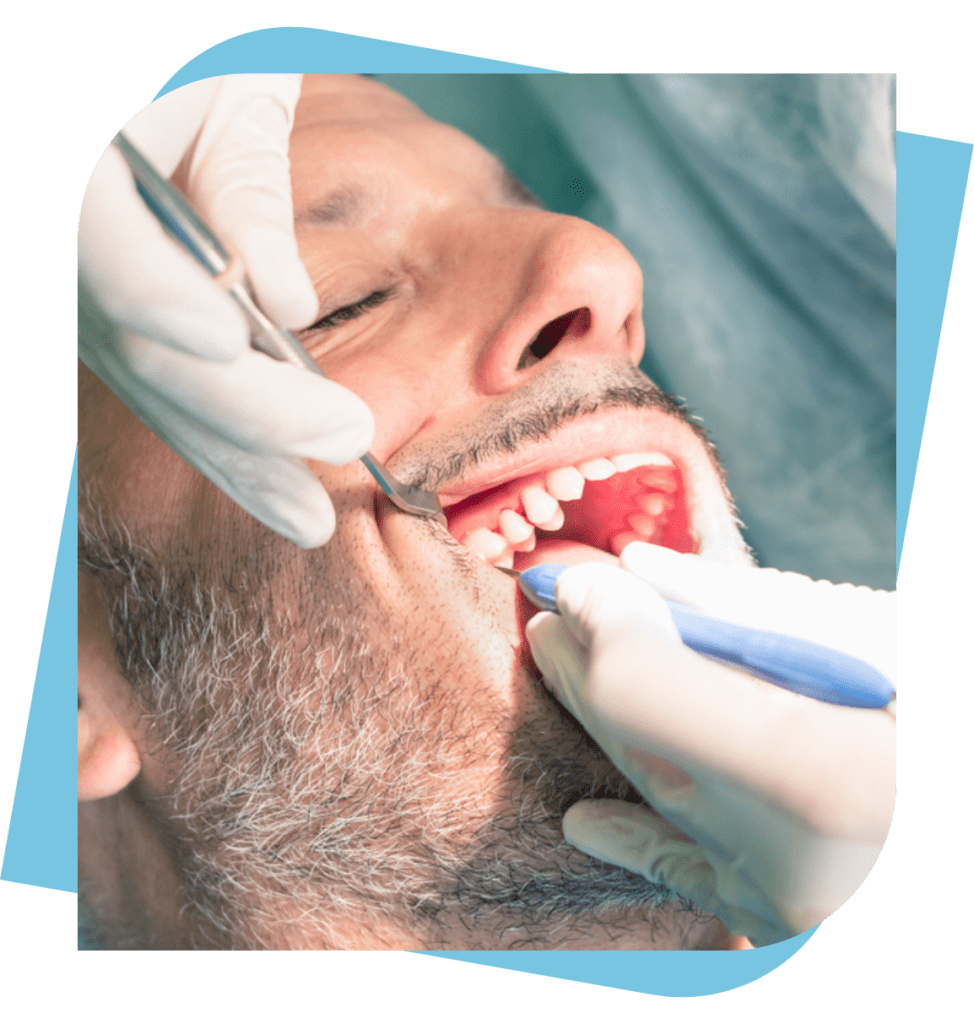
DO YOU REQUIRE
Emergency Dental Services?
Our clinics offer same-day appointments for your emergencies. If you need a dentist to help you in a crisis, please do not hesitate — call us right away!

Sedation Dentistry
Frequently Asked Questions
We get a lot of questions, naturally, about the wide range of dental services we perform here at our Kanata & Kemptville dental clinics. Here are the answers to the most frequently asked questions. Don't see yours answered here? Feel free to reach out to Yazdani Family Dentistry.
Follow your dentist’s instructions closely. This will ensure you come to the appointment thoroughly prepared for the procedure. It is also important to book time off from work and bring a caregiver who can drive you to and from the appointment as the sedation will take time to fully wear off and you will feel very drowsy in the meantime.
A good candidate for sedation dentistry can fit any of the following criteria:
- Requires a large amount of dental work
- Has a very low pain threshold
- Has extremely sensitive teeth
- Has a strong gag reflex
- Has trouble sitting still during dental procedures
- Has severe dental anxiety or phobias
If a patient meets any of these criteria but is also obese or has obstructive sleep apnea, then they should first consult with both their dentist and family doctor before deciding to use sedation.
If a child has severe dental anxiety, dental phobias or can’t sit still for the procedure, then they could benefit from sedation dentistry. That being said, it is important to consult with both the child’s pediatrician and dentist before deciding to use sedation.
The amount of time it takes for sedation to wear off can vary by patient and by the type of sedative used. IV sedation is more potent than nitrous oxide sedation and takes longer to wear off. A patient’s ability to metabolize the sedative is also a factor. A general rule of thumb to follow is to allow a full 24 hours for the sedative to wear off before returning to normal daily activities.
Sedation dentistry is quite safe. That being said, the use of sedatives in any medical field comes with some risk. It is important to talk with your dentist and family doctor about this to determine if it is right for you. Our sedation dentists in our Kanata and Kemptville clinics are certified professionals when it comes to administering nitrous oxide or IV sedation. You can rest assured that if you undergo any procedure under sedation, you are in good hands.





